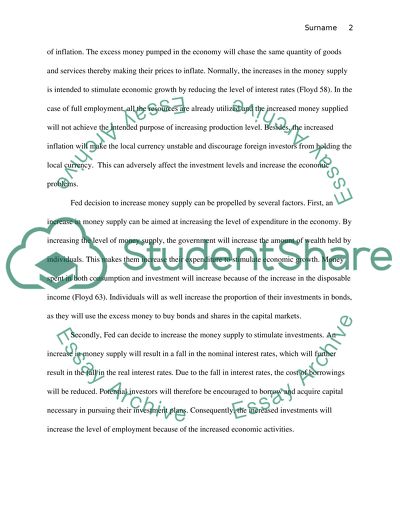Cite this document
(“Macroeconomic problem Essay Example | Topics and Well Written Essays - 1500 words”, n.d.)
Retrieved from https://studentshare.org/macro-microeconomics/1397484-macroeconomics
Retrieved from https://studentshare.org/macro-microeconomics/1397484-macroeconomics
(Macroeconomic Problem Essay Example | Topics and Well Written Essays - 1500 Words)
https://studentshare.org/macro-microeconomics/1397484-macroeconomics.
https://studentshare.org/macro-microeconomics/1397484-macroeconomics.
“Macroeconomic Problem Essay Example | Topics and Well Written Essays - 1500 Words”, n.d. https://studentshare.org/macro-microeconomics/1397484-macroeconomics.


